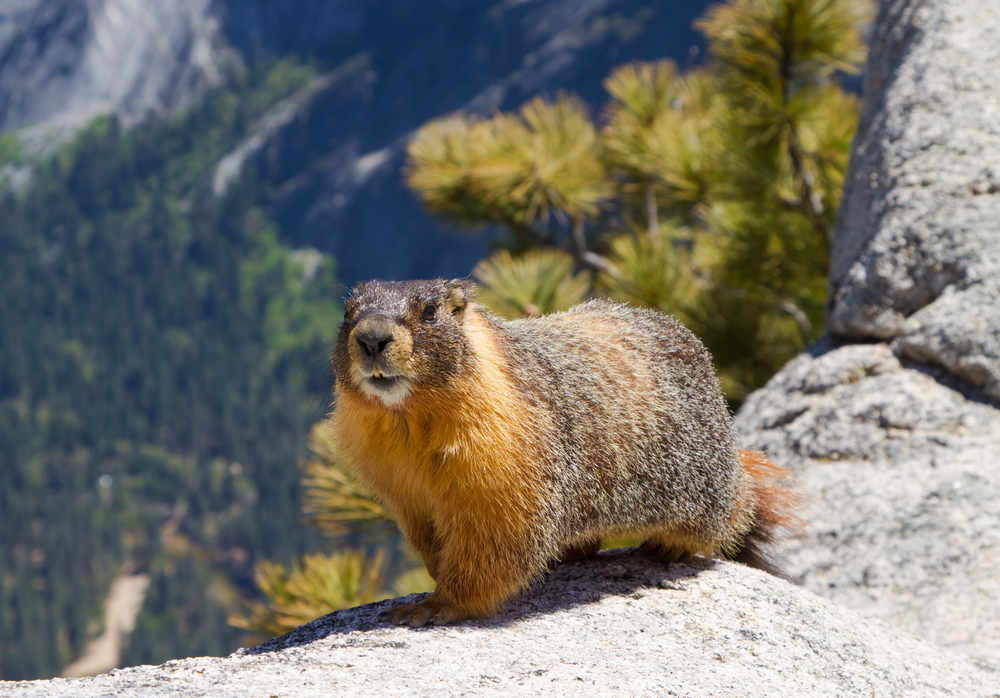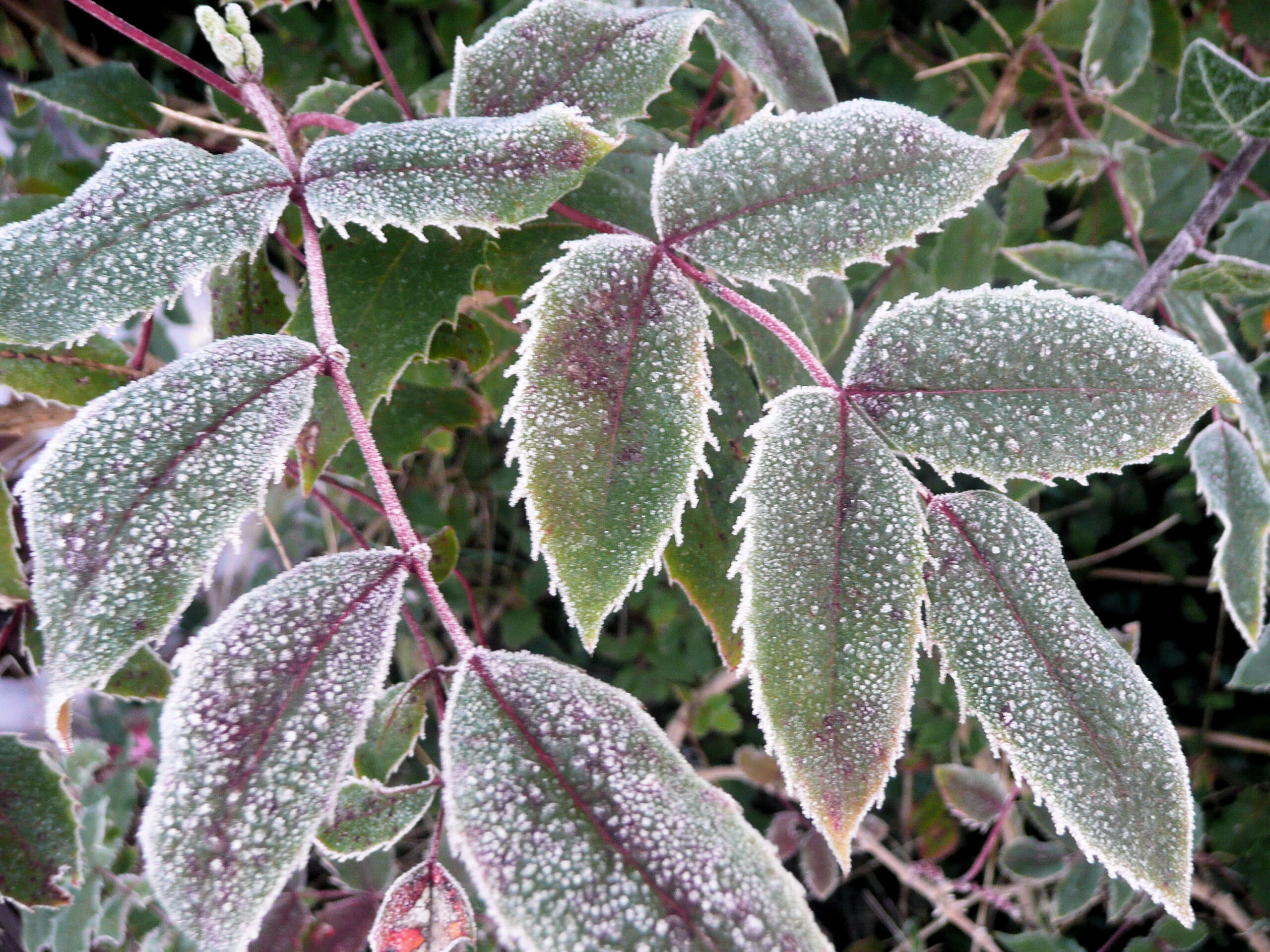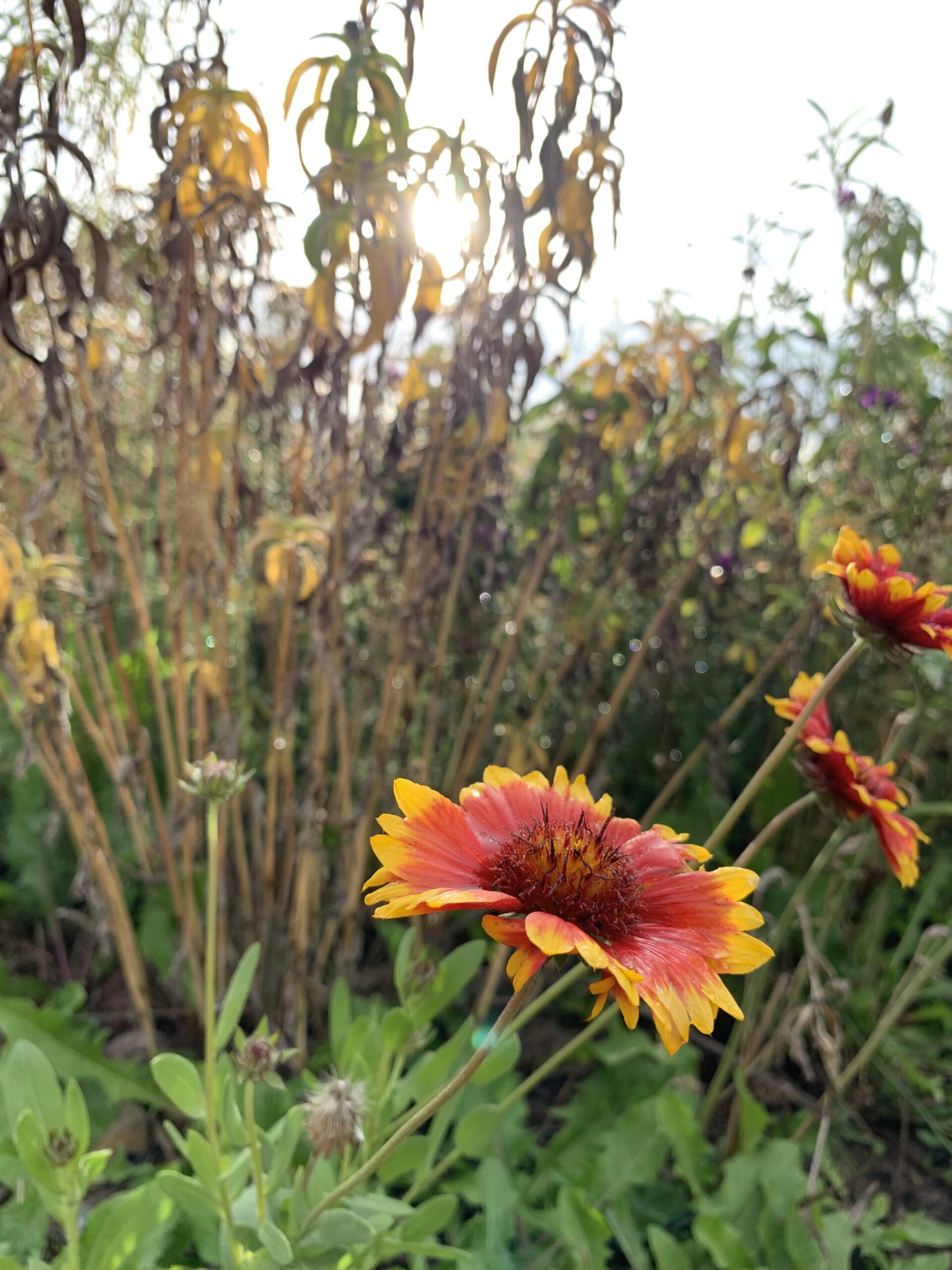By Jessie Walthers, Conservation Program Manager Groundhog Day. Who doesn’t love this most random of…

Spotted Knapweed Management
Spotted knapweed is a familiar sight throughout all parts of the Flathead Valley. From mountain roadsides to purple dotted lawns you can’t go a quarter mile without a sighting of the bright pink-purple flowers come June. With how widespread it is in our area, you might assume that it’s difficult to control. But, that assumption is not entirely correct. With the right products, methods, and timing, control of spotted knapweed can be fairly simple and extremely effective.
Chemical Treatment
Depending on when the snow melts, the best window of opportunity to have management success with herbicide treatment of spotted knapweed is between mid-May and mid-June. During this time period the plant is actively growing and is just a cluster of leaves popping out of the soil like the top image above. Many people wait until they see the conspicuous flowers to spray the plants. The problem with this is two-fold. First, at this time the plant is not drawing energy or nutrients into itself. It is putting out all of its energy to reproduce. So, when you spray it during this time you might see it wilt back, but it’s not processing the chemical through its system like it does in the early spring and late fall. Second, even though it may look like it’s dying back the seeds will still be viable and able to disperse. It’s kind of like a defense mechanism the plant has. When attacked it still forces its own reproduction. You may have noticed that I mentioned late fall as another good time to treat with herbicide. After the first overnight frost, spotted knapweed will start pulling its energy back into its root system to store over the winter. It is a perennial plant, so it grows out of the same taproot every year. So, if you treat it with herbicide in the fall when the plant will pull the chemical directly into its root system you can achieve really high levels of control. I often recommend a spring and fall treatment for the first year on heavily infested sites. After that, spring is the most effective time of year to spray because the ultimate goal is to kill the plant before it’s able to go to seed and reproduce.
Mowing and Grazing
Neither mowing nor grazing are considered effective control methods for spotted knapweed. Mowing is not effective because spotted knapweed is a very adaptive plant. When regularly mowed, it will adapt and begin to bloom at the exact level it’s being mowed to. Even to the point of becoming prostrate and blooming directly at ground level. I’m sure everyone has noticed purple tinged lawns around town. Grazing is not generally successful because spotted knapweed is not a highly palatable plant. Unless the site is so intensively grazed that the knapweed is the only thing available, many species will avoid eating it. When a site is this intensively grazed it causes even more problems and can create perfect conditions for re-infestation. Sheep are found to be most effective at knapweed control when used early and late season. If grazing is something you would like to attempt, I would recommend doing your research before initiating a grazing program.
Biological Control
Biological control is the control of a pest by the introduction of a natural enemy or predator. In the case of spotted knapweed, weevils that attack the flowers and roots and are most commonly used. A combination of both species used together has been found to be most effective. For more information on biological control you can check out the Montana Biocontrol website. Additionally, if you are interested in obtaining biological control for weed management Flathead County Weed Control District can be of assistance.
Questions or comments regarding the content of this article can be directed to Noel Jinings, Noxious Weed Education and Compliance Officer for Flathead County
758-2161



